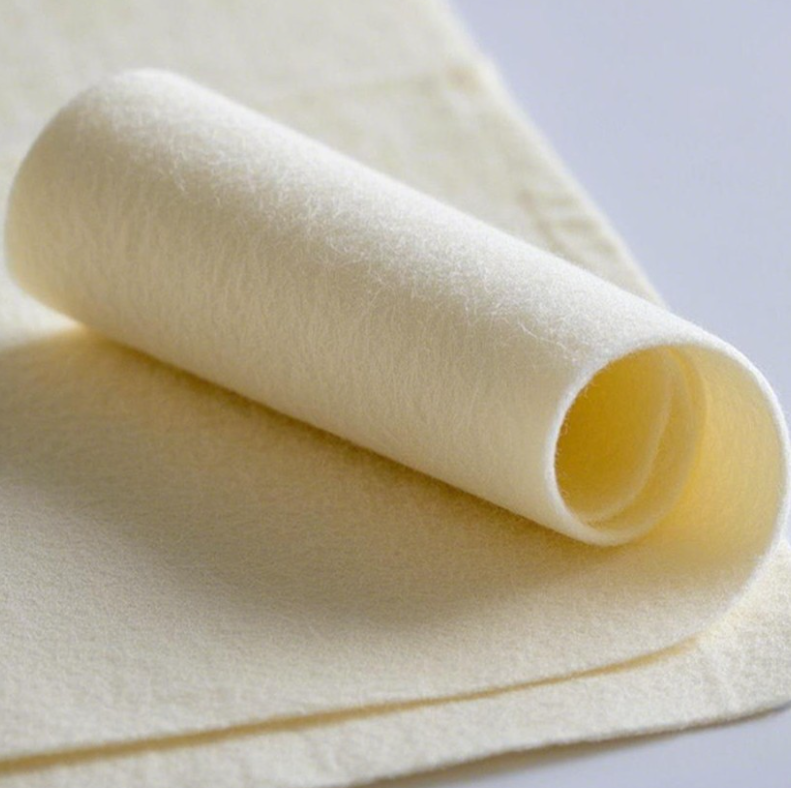Essential for high-temperature workshops! A guide to selecting protective clothing materials
Jun 26,2025

Protective Clothing Fabric Selection Guide
In extreme working environments such as high-temperature workshops, protective clothing needs to combine high temperature resistance, flame retardancy, breathability, and durability.
Therefore, choosing a high-temperature resistant fabric is important. This article introduces several high-temperature resistant fabrics, hoping to help those who are currently purchasing fabrics.
Kaitun New Materials produces and sells a variety of high-performance fiber materials; you will find the materials you need here.
1. Aramid 1313
Meta-aramid is stable below 200℃, carbonizes but does not melt when exposed to fire, and its flame retardancy is permanently effective, suitable for sudden fire protection.
The limiting oxygen index is greater than 28%, which is a difficult-to-burn fiber. Aramid 1313 also has excellent electrical insulation and outstanding chemical stability. It is resistant to most acids, alkalis, bleaching agents, and solvents, with a breaking strength of 0.47 N/tex (1 tex = 10-6kg/m).
Aramid 1313 fiber has good comprehensive performance, long heat resistance life, wear resistance, good resistance to repeated bending, and resistance to various chemical reagents. Therefore, it is suitable for making work clothes in flammable and explosive environments and materials used at high temperatures.
Applicable Scenarios: Conventional protective clothing in medium and high-temperature workshops (such as metallurgy, power generation).
2. Aramid 1414
Its outstanding performance includes high strength, high modulus, light weight, and outstanding heat resistance. Its strength is greater than 28 grams/denier, 5-6 times that of high-quality steel, the modulus is 2-3 times that of steel or glass fiber, the toughness is twice that of steel, and the weight is only 1/5 that of steel.
Applicable Scenarios: Operations requiring both high temperature and mechanical protection (such as welding, forging).
3. Pre-oxidized Fiber
Pre-oxidized fiber can work stably at 200-300℃ for a long time without aging or shrinkage, and can withstand 1000℃ instantaneously. The limiting oxygen index is greater than 45%, showing excellent flame retardant performance. During combustion, pre-oxidized fiber will not melt, soften, shrink, or produce droplets, and is a difficult-to-burn product.
Applicable Scenarios: Flame-retardant layer for ultra-high-temperature environments (such as fire fighting, metal smelting).
4. Polyimide Fiber
Polyimide has strong comprehensive performance, is resistant to 400℃ high temperature, and is resistant to radiation and chemical corrosion. Long lifespan: outstanding resistance to oxidation and aging. However, it is relatively expensive.
Applicable Scenarios: Special protection for extreme environments such as nuclear industry and aerospace.
5. Flame-retardant Polyester
High cost-effectiveness, the cost is only 1/3 of aramid. Comfortable and durable, easy to dye, wear-resistant and wrinkle-resistant. Low upper temperature limit (about 180℃), easy to shrink at high temperatures. Flame retardants need to be added, and the effect decreases after multiple washes.
Applicable Scenarios: Economical protection for low-temperature workshops (such as food processing, electronics factories).
6. P84®
The mechanical properties of P84® are similar to those of Aramid 1313, but its heat resistance, thermal stability, and flame retardancy are superior to Aramid 1313 fibers. In addition, it also has lubricity, wear resistance, impact resistance, and electrical insulation. Its LOI value is as high as 33, it has good chemical resistance, and the shrinkage rate in hot air (300℃, 2 h) is <2%, and the strength retention rate (300℃, 100 h) is 80%.
7. Asbestos Fiber
High temperature resistance, can withstand temperatures above 500℃. Good insulation, non-conductive and non-heat conductive.
It is highly carcinogenic, and inhaling the fibers can cause pneumoconiosis and lung cancer, and it has been banned by many countries.
Suggestion: Strictly prohibited for human protection, limited to special industrial sealing materials.
8. Glass Fiber
High temperature resistance, long-term resistance to 550℃ high temperature. Low cost and readily available raw materials.
Skin irritation: fiber breakage easily penetrates the skin, causing allergies.
High brittleness: easy to break with repeated folding.
Applicable Scenarios: Industrial heat insulation blankets, equipment covers, not recommended for direct contact with the human body.
Selecting Flame-Retardant and High-Temperature Resistant Fabrics
When selecting fabrics, you should also consider whether they will come into contact with oil stains, whether electrostatic protection is needed, etc., and choose fabrics with good performance and high cost-effectiveness.
Core Principles for Selecting High-Temperature Resistant Protective Clothing
Temperature Matching:
<200℃: Flame-retardant polyester
200-300℃: Aramid 1313
300-500℃: Aramid 1414 + pre-oxidized fiber composite
>500℃: Polyimide/ceramic fiber special fabrics
Functional Balance:
Aramid 1414 base material is selected for high-intensity operations, and aramid 1313 blended fabric is selected for flexible operations.
Avoid glass fiber in humid environments, and polyimide is preferred in chemical workshops.
Cost Control:
Use flame-retardant polyester for daily protection, aramid for key positions, and consider a pre-oxidized fiber outer layer for ultra-high-temperature scenarios.
PREVIOUS:
Related Posts
Contact Us
E-mail:
gdkaidun@163.com
Phone/WeChat:
86-131-3828-6677
Address:
Room 401, Building 21, No. 1, Keqing Road, Yundonghai Street, Sanshui District, Foshan City, Guangdong Province





